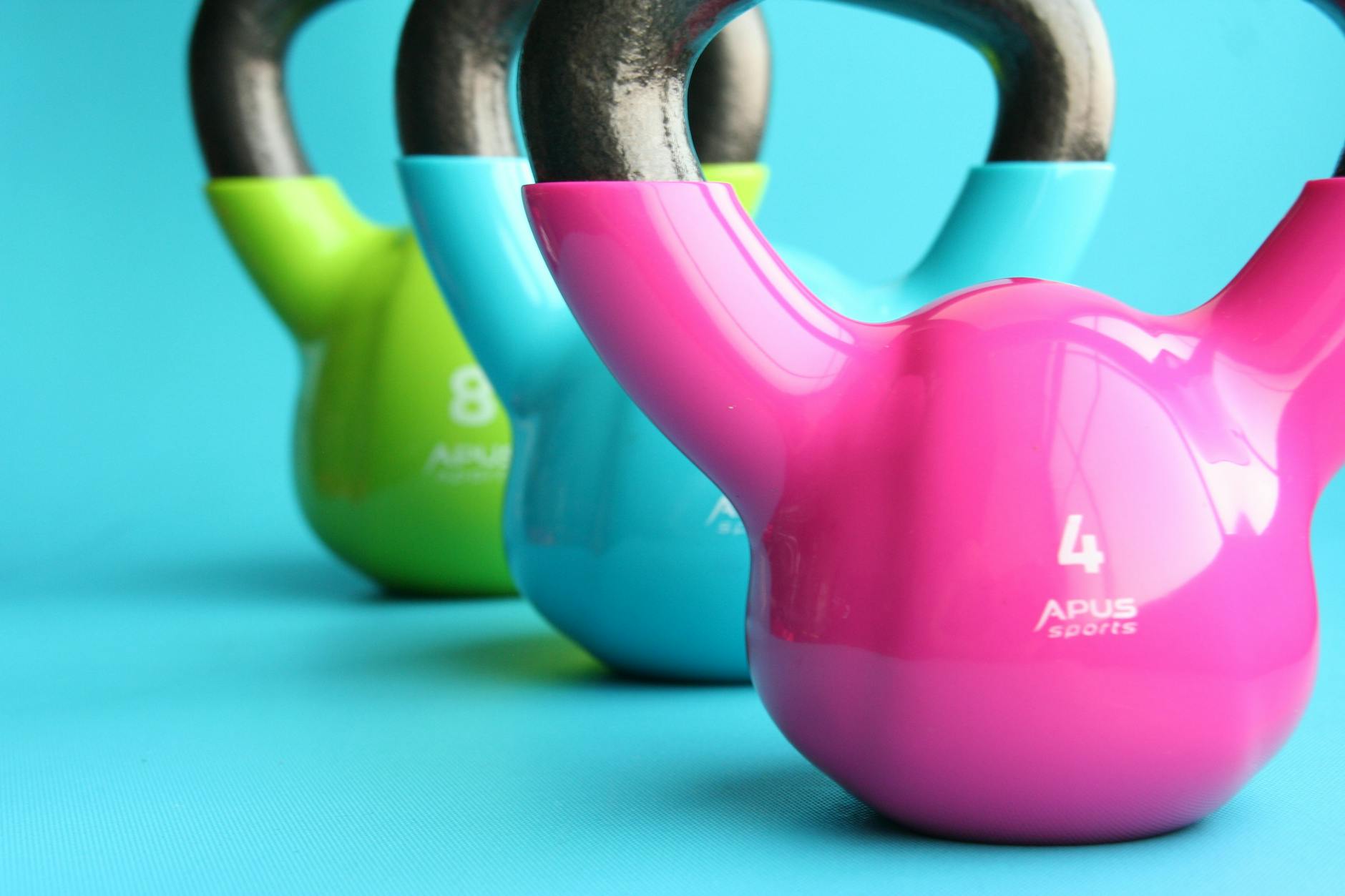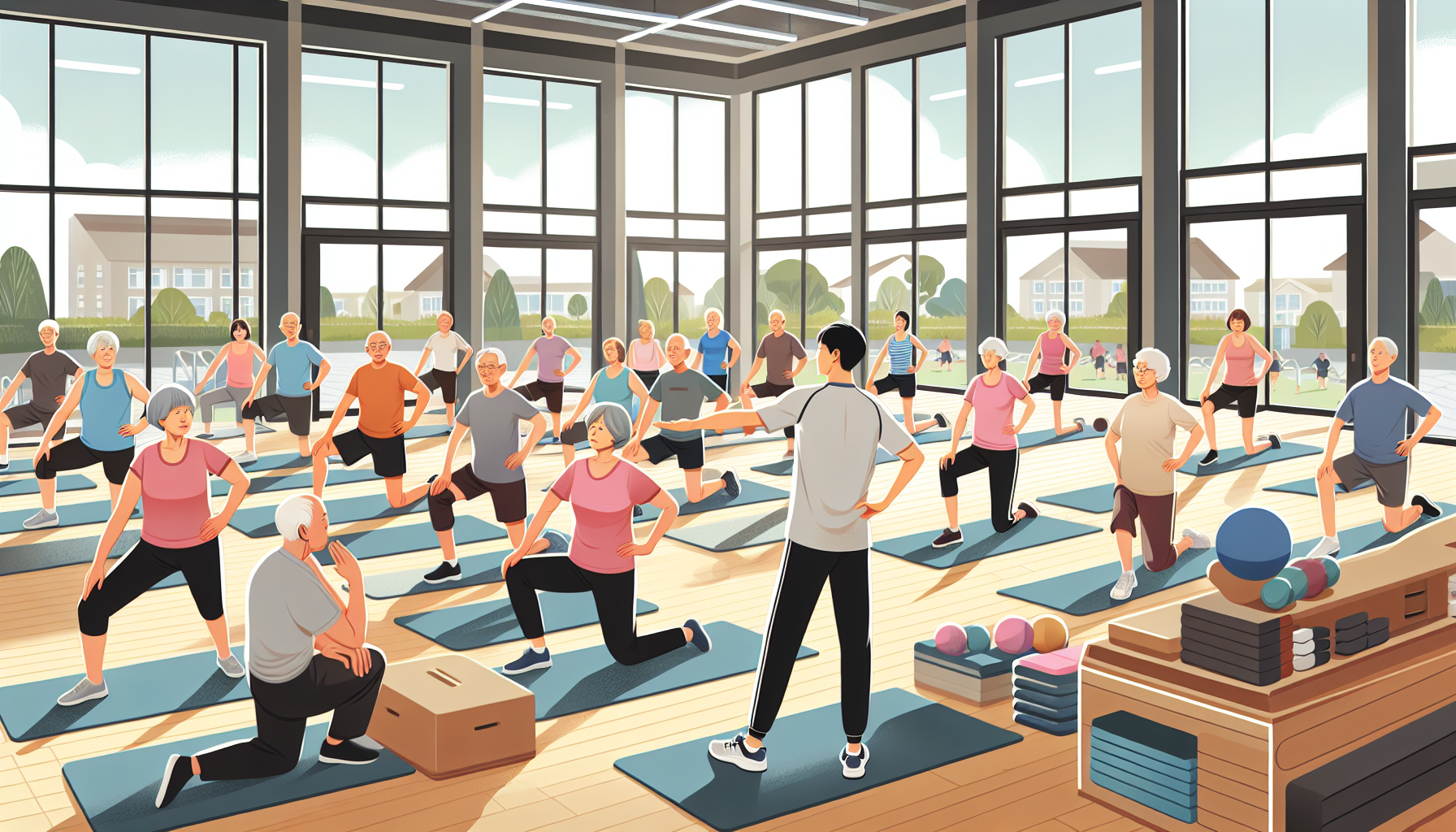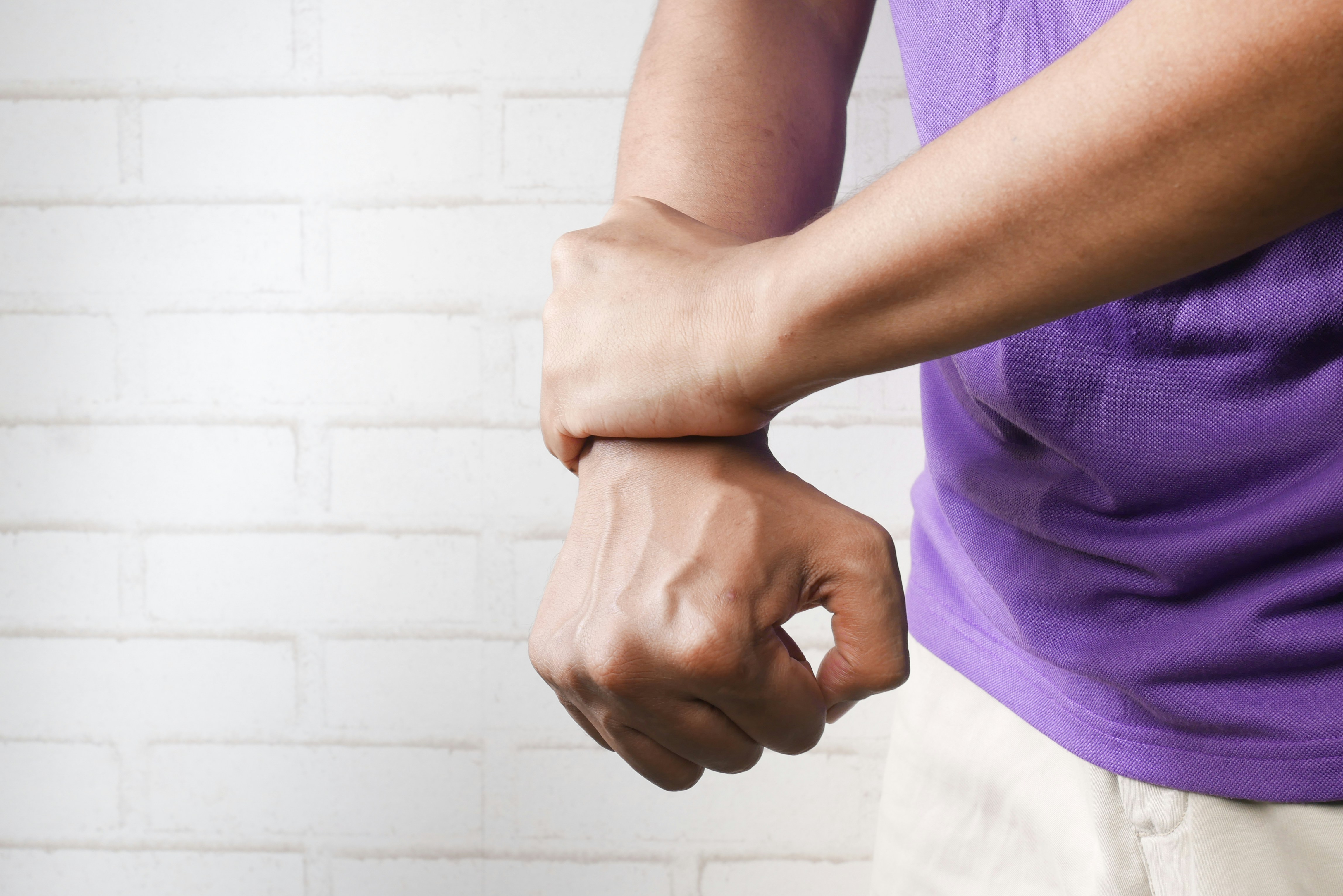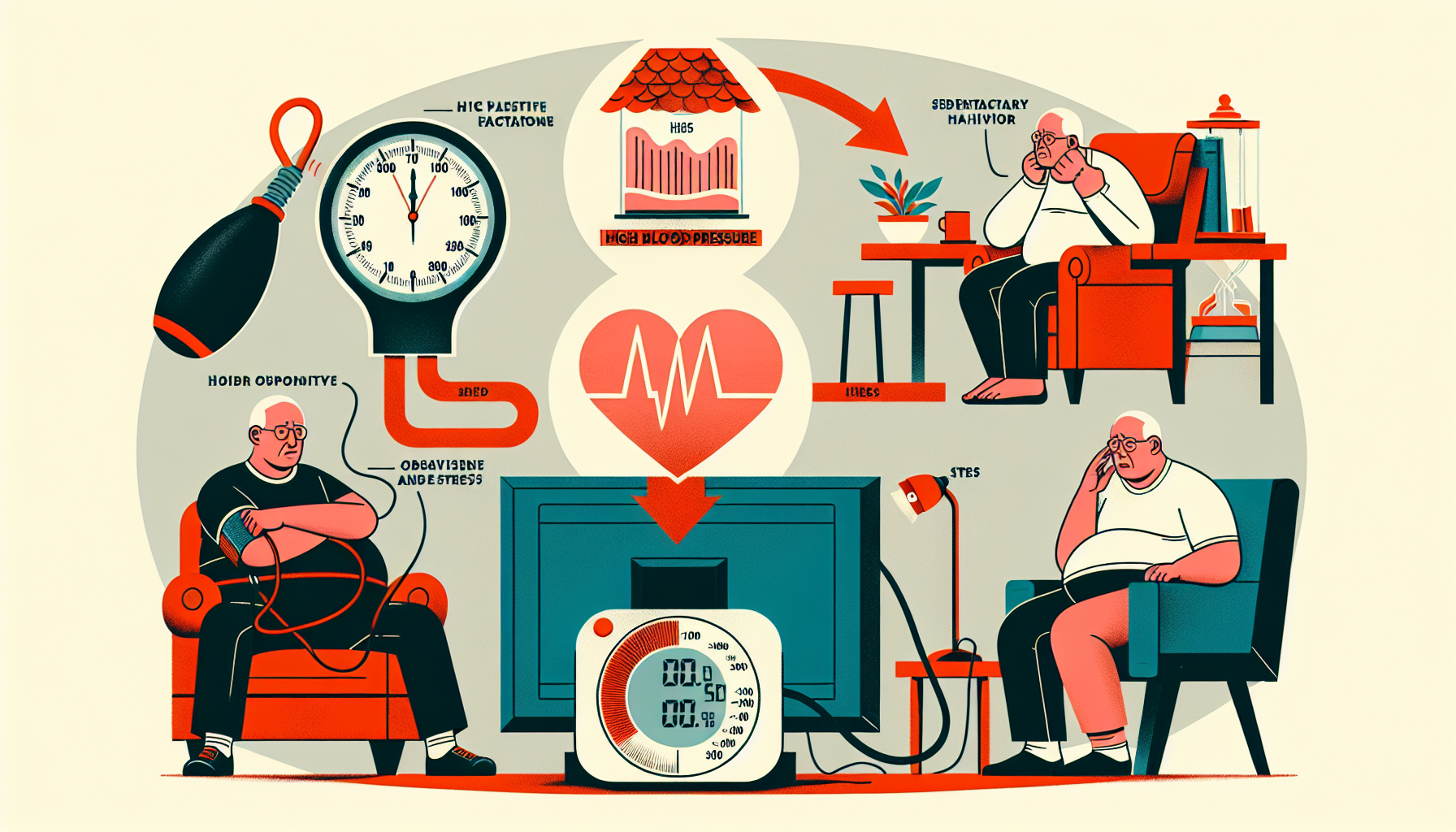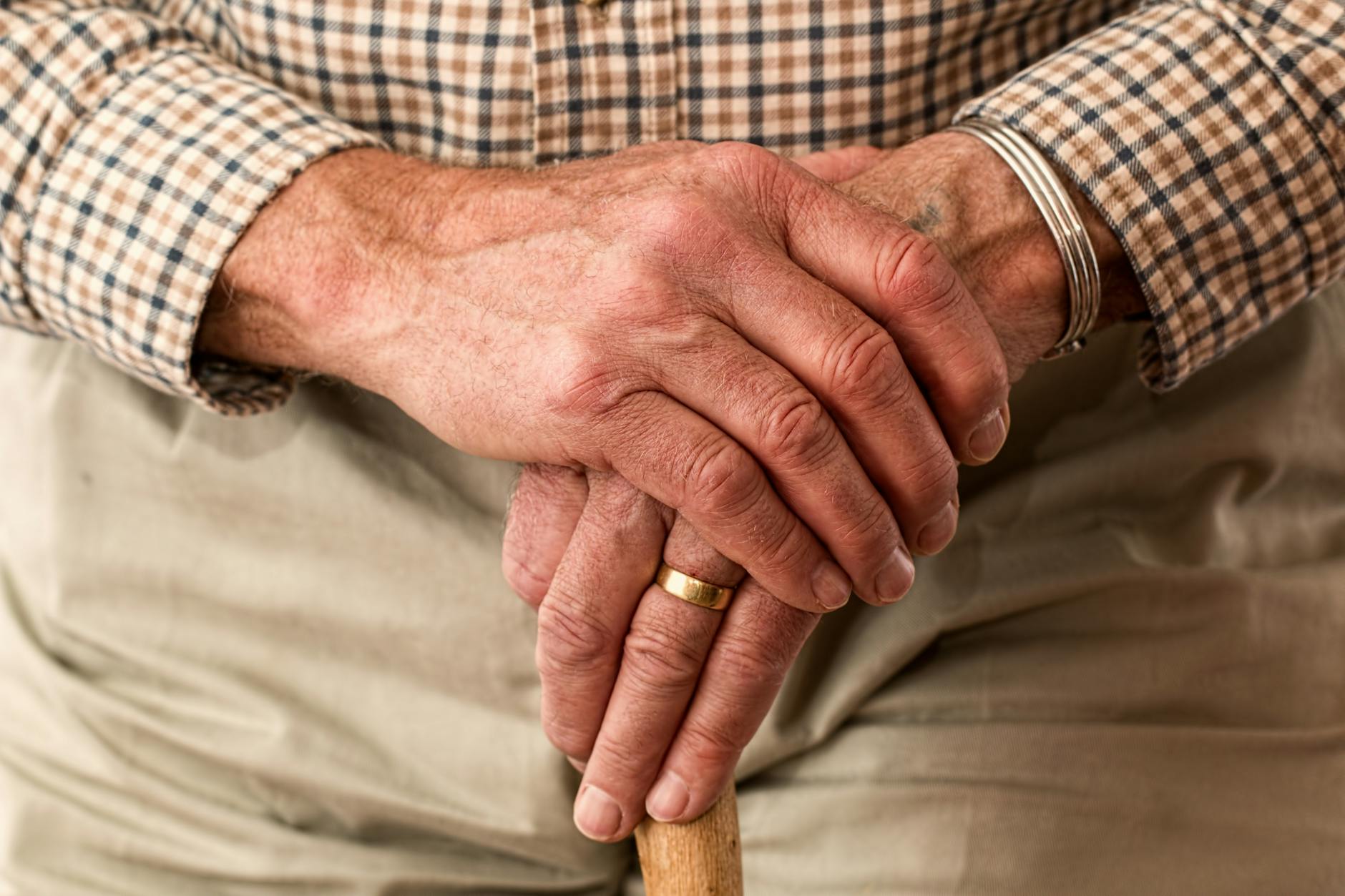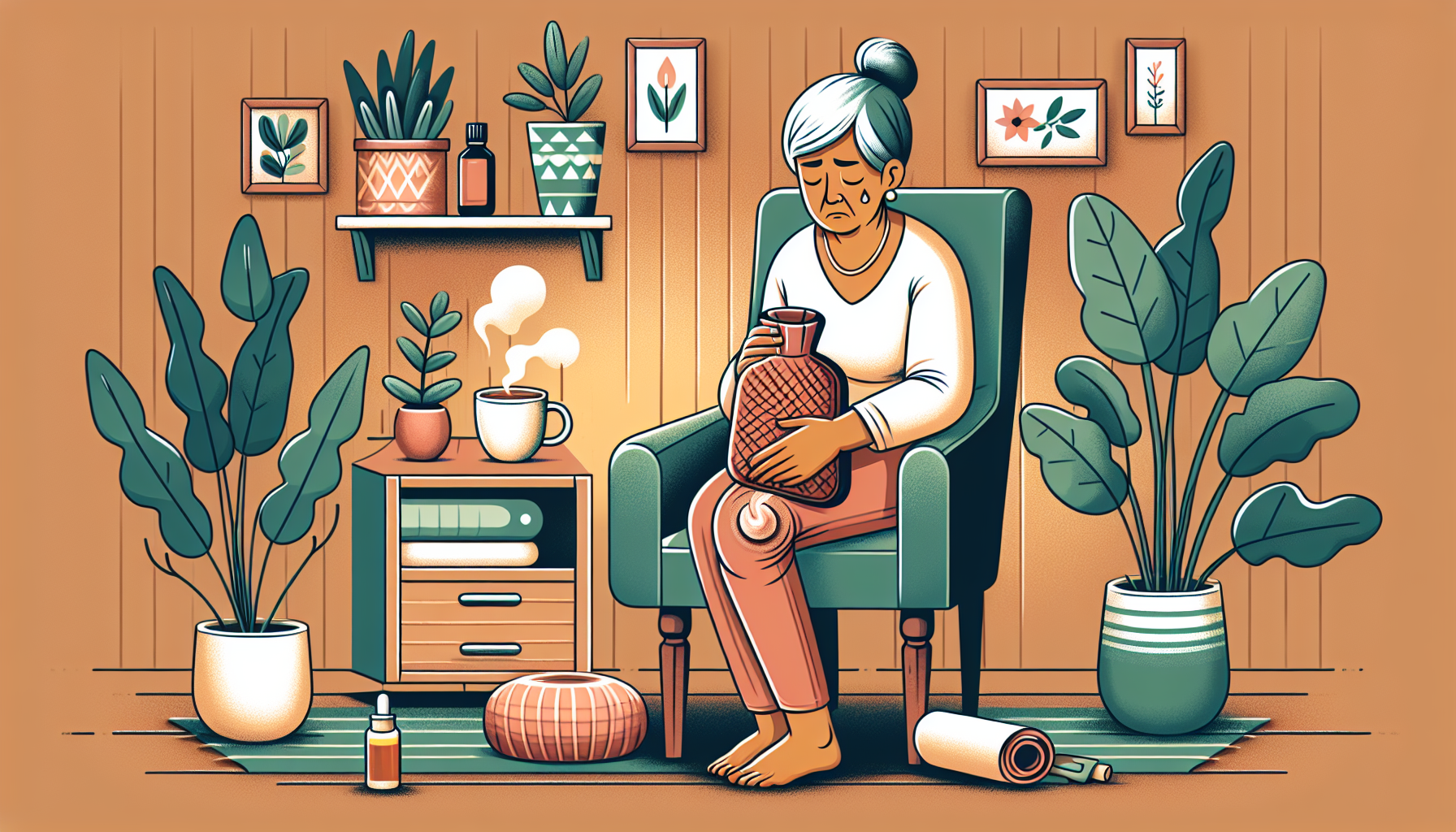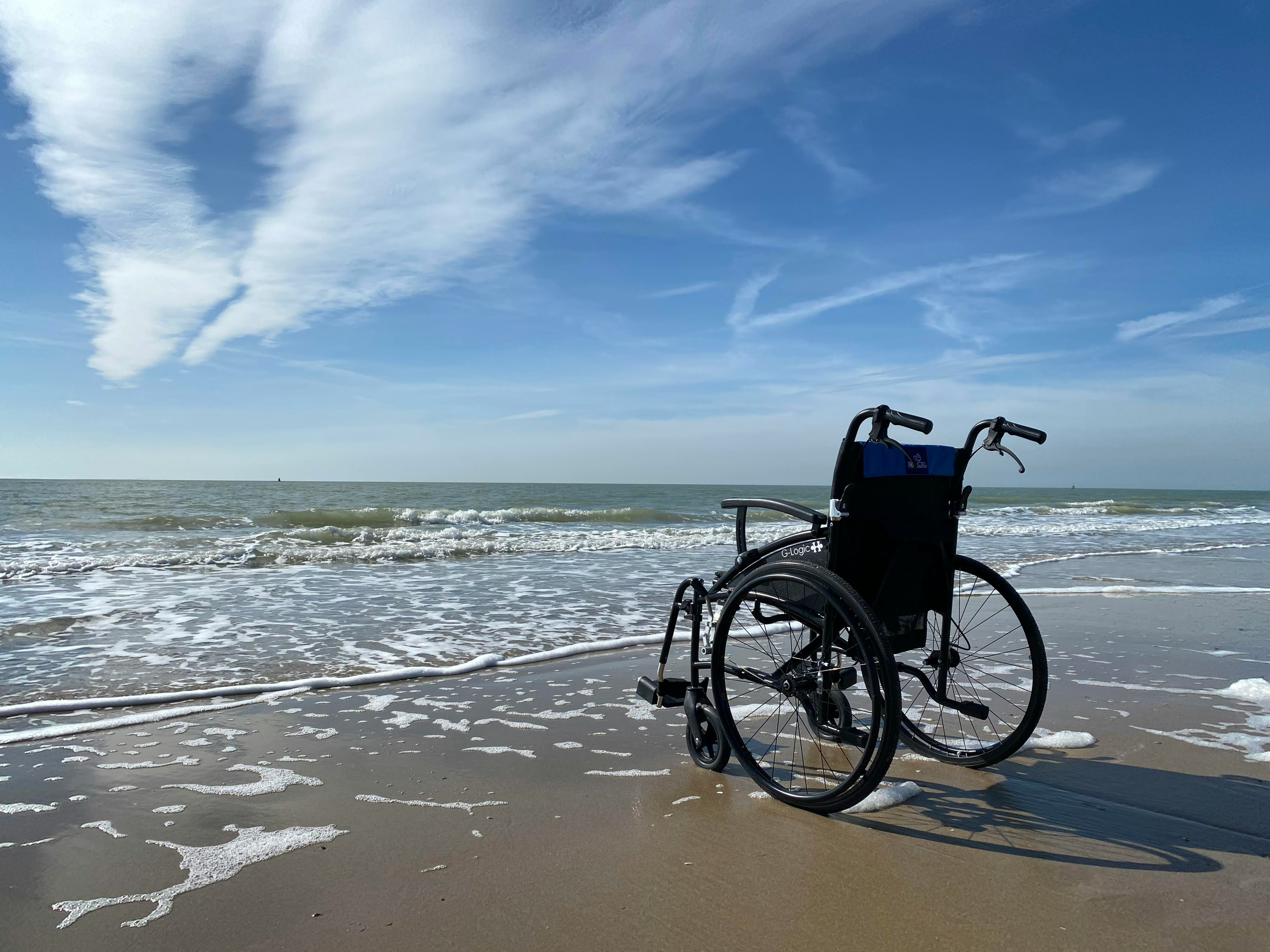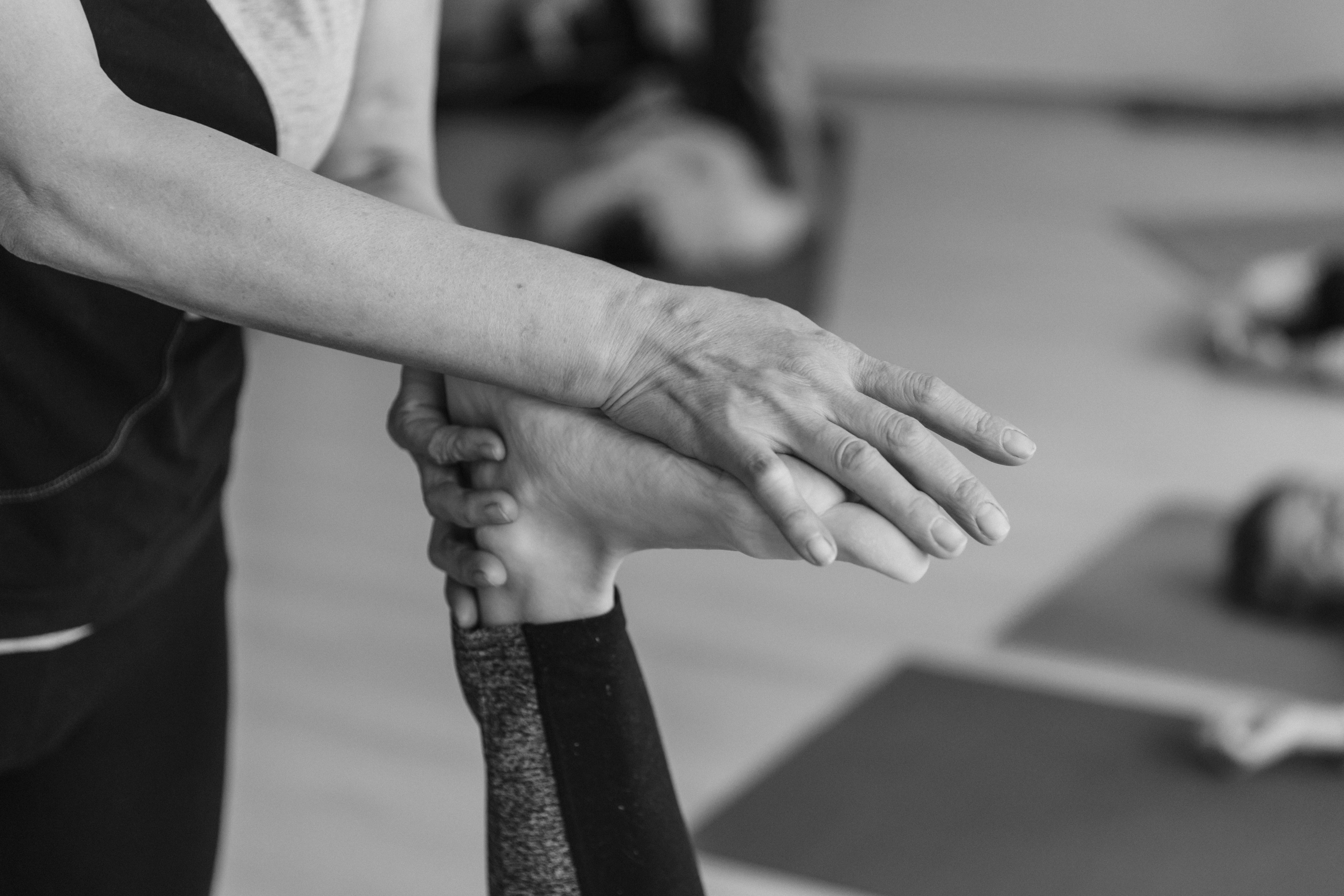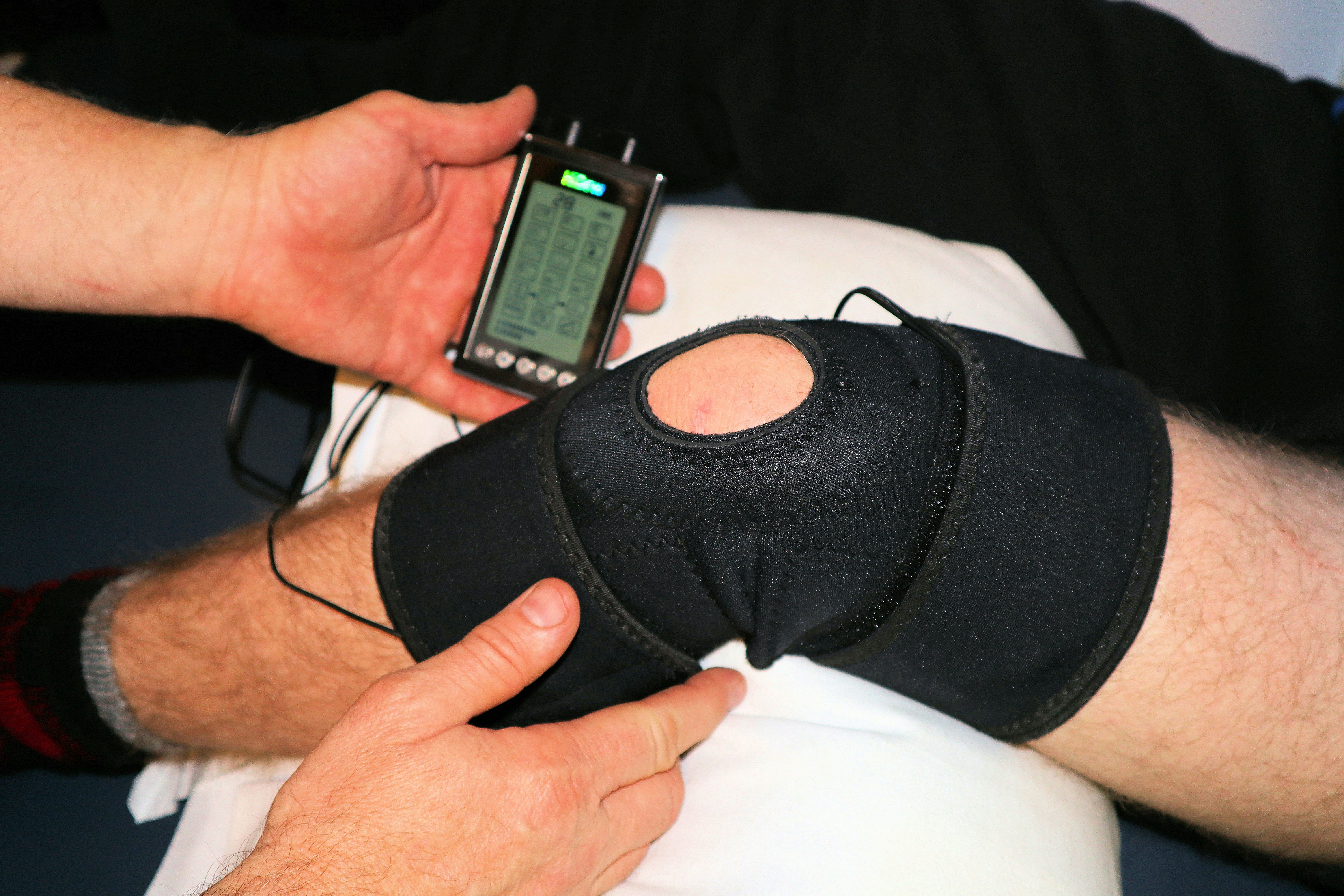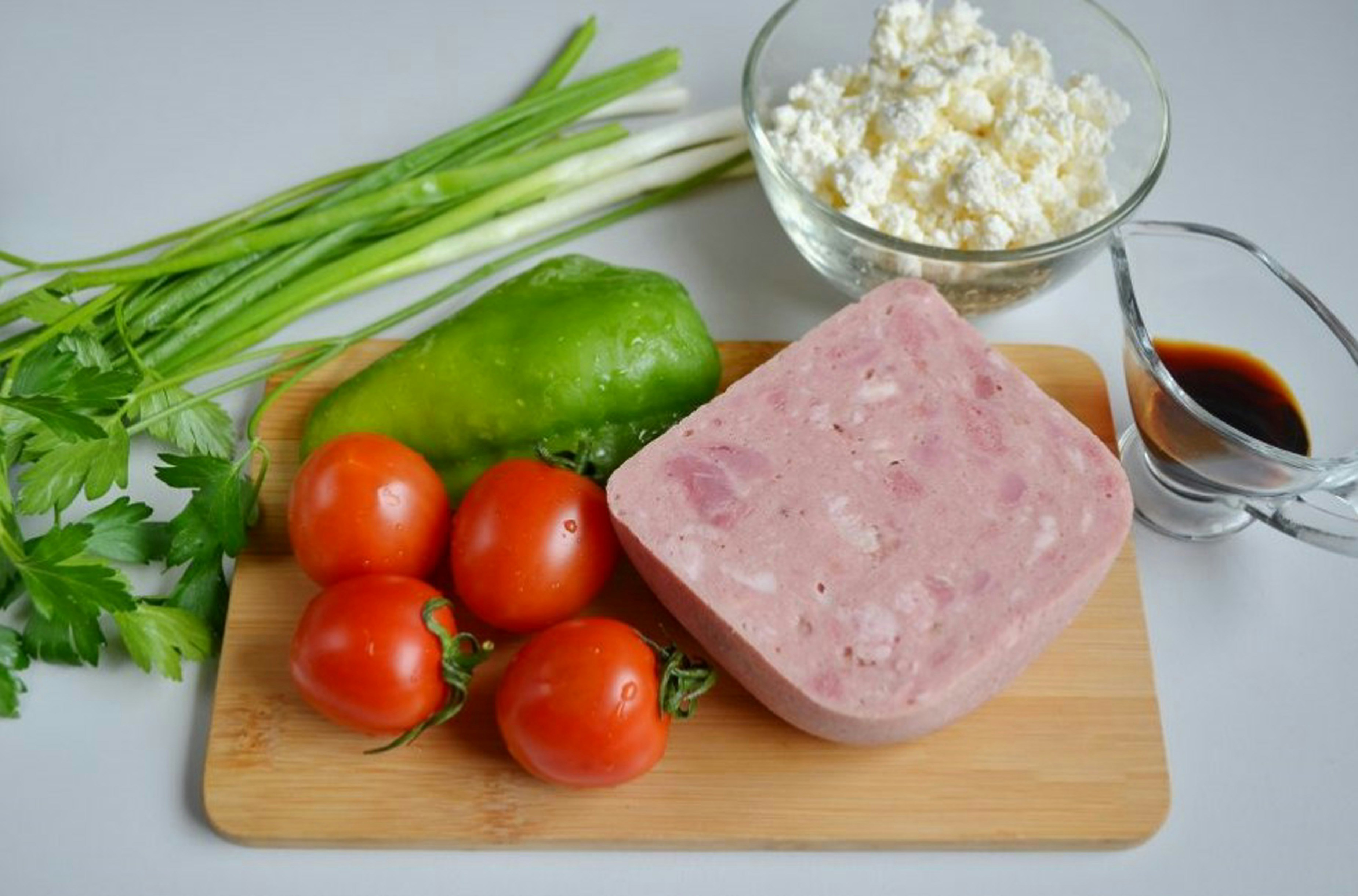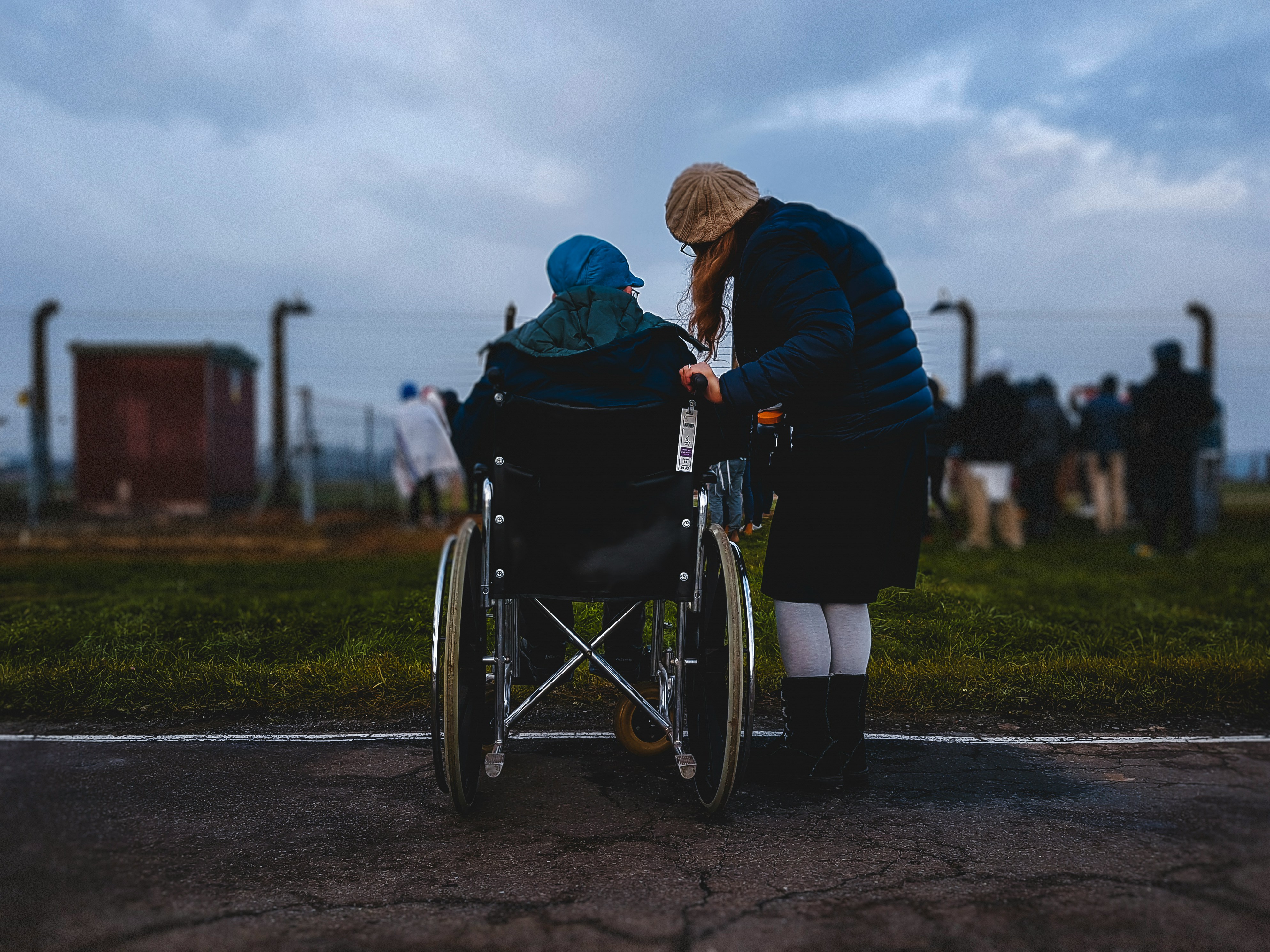Arthritis Knee Support Made Easy With This Guide
Explore knee braces, treatment approaches, and recommended products.

Understanding Knee Arthritis
To effectively provide arthritis knee support, caregivers must have a comprehensive understanding of knee arthritis. This section will cover the prevalence and risk factors associated with knee arthritis, as well as the common symptoms that individuals may experience.
Prevalence and Risk Factors
Knee arthritis is a prevalent condition that affects millions of adults and children. Over 50 million adults in the United States are diagnosed with arthritis, although it is unclear how many of them specifically have arthritis of the knee. While knee arthritis can affect people of all ages, individuals aged 50 or older are at a higher risk. Women are also more likely to develop knee arthritis than men.
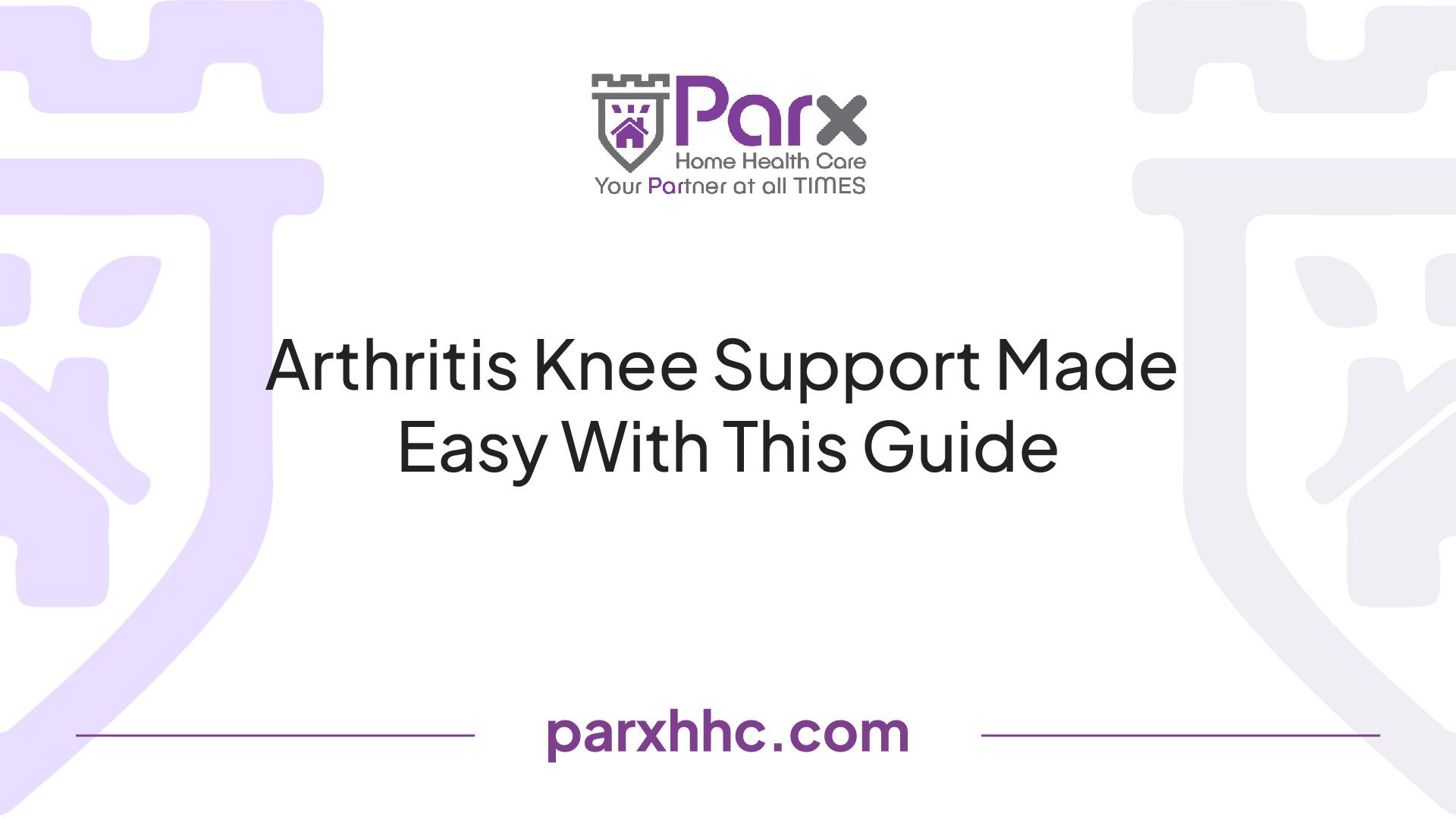
Symptoms of Knee Arthritis
Identifying the symptoms of knee arthritis is crucial for caregivers to understand the condition and provide appropriate support. The two most common types of knee arthritis are osteoarthritis (OA) and rheumatoid arthritis (RA), with OA being the most prevalent. OA typically appears after middle age as the cartilage in the knee joint gradually wears away.
Symptoms of knee arthritis may include:
- Gradual increase in pain
- Swelling or tenderness
- Buckling and locking of the knee
- Cracking or popping sounds
- Poor range of motion
- Loss of joint space (Healthline)
Early recognition of these symptoms can lead to timely intervention and improved management of knee arthritis.
By understanding the prevalence, risk factors, and symptoms associated with knee arthritis, caregivers are better equipped to provide the necessary support and arthritis knee support to their loved ones. In the next section, we will explore the various treatment options available for managing knee arthritis.
Treatment Options for Knee Arthritis
When it comes to managing knee arthritis, various treatment options are available depending on the severity of the condition and individual circumstances. These options can be broadly categorized into non-surgical approaches, surgical interventions, and the use of knee braces.
Non-Surgical Approaches
Non-surgical approaches are often the first line of treatment for knee arthritis, aiming to reduce symptoms and slow down the progression of the condition. These approaches may include:
- Lifestyle modifications: Making certain lifestyle changes, such as maintaining a healthy weight, engaging in regular exercise, and avoiding activities that exacerbate knee pain, can help alleviate symptoms and improve overall joint health.
- Physical therapy: Working with a physical therapist can help strengthen the muscles around the knee joint, improve flexibility and range of motion, and enhance overall joint function.
- Medications: Over-the-counter pain relievers, such as acetaminophen or nonsteroidal anti-inflammatory drugs (NSAIDs), may help manage pain and reduce inflammation. In some cases, prescription medications or corticosteroid injections may be recommended to provide additional relief.
- Assistive devices: Using assistive devices like canes or crutches can help reduce the load on the affected knee joint, providing support and improving mobility.
- Alternative therapies: Some individuals find relief through complementary and alternative therapies such as acupuncture, massage, or the use of topical creams containing capsaicin.
It's important to note that while these non-surgical approaches can provide relief, they may not work for everyone. In some cases, individuals with advanced arthritis may require surgical interventions.
Surgical Interventions
Surgical interventions are typically considered when non-surgical approaches do not effectively manage symptoms or when the arthritis has progressed to an advanced stage. Common surgical options for knee arthritis include:
- Arthroscopy: This minimally invasive procedure involves the use of a small camera (arthroscope) to visualize the inside of the knee joint and remove damaged tissue or repair minor joint defects.
- Partial knee replacement: In cases where only one part of the knee joint is affected, a partial knee replacement may be performed. This involves replacing the damaged portion with artificial implants while preserving the healthy parts of the joint.
- Total knee replacement: For individuals with severe arthritis, total knee replacement surgery may be necessary. This procedure involves removing the damaged joint surfaces and replacing them with artificial components.
Surgical interventions aim to relieve pain, improve mobility, and restore joint function. It's important to consult with a healthcare professional to determine the most appropriate surgical option based on individual circumstances.
Role of Knee Braces
Knee braces can play a supportive role in managing knee arthritis. While research on their effectiveness is mixed, they can provide benefits for some individuals. Knee braces can help align the knee, relieve pain under the kneecap, aid in the healing of ligaments post-injury or surgery, and assist in standing and moving more comfortably.
There are different types of knee braces available for arthritis, including:
- Sleeve braces: These are simple, elastic sleeves that provide mild compression and support for individuals with mild pain or stiffness.
- Hinged braces: Hinged braces have additional support structures, such as metal hinges, to provide stability and limit side-to-side movement of the knee joint.
- Unloader braces: Unloader braces feature metal bands or struts designed to shift pressure away from the most affected part of the knee joint, providing relief for those with more advanced arthritis.
The choice of knee brace depends on the severity of knee pain, location of arthritis, and individual needs. It's recommended to consult with an orthotist or healthcare professional who specializes in braces to determine the most appropriate type of knee brace for specific requirements. They can provide guidance on usage, customization, and ensure a proper fit.
Knee braces may cause initial discomfort, heat, and heaviness, but they are generally safe to use. Potential issues include skin irritation, swelling, and joint stiffness due to reduced weight-bearing on the knee while wearing the brace. For more information on the benefits and limitations of knee braces, as well as considerations for usage, refer to our section on the effectiveness of knee braces.
By considering non-surgical approaches, surgical interventions, and the potential role of knee braces, individuals with knee arthritis can explore various treatment options to manage symptoms, improve joint function, and enhance overall quality of life.
Types of Knee Braces for Arthritis
When it comes to providing support and relief for knee arthritis, various types of knee braces are available to cater to different needs and levels of pain. These braces offer stability, compression, and targeted support to help manage arthritis symptoms. Let's explore three common types of knee braces for arthritis: sleeve braces, hinged braces, and unloader braces.
Sleeve Braces
Sleeve braces, often made of neoprene material, are a popular choice for individuals with mild knee pain or stiffness. These braces provide warmth and compression, which can help alleviate swelling and promote blood circulation around the knee joint. The gentle compression can also provide a psychological benefit by offering a feeling of support and reminding individuals to be cautious with their knee during physical activity. Neoprene sleeve-style braces are cost-effective and widely accessible, making them a common choice for many arthritis sufferers.
Hinged Braces
Hinged braces are designed with additional support in the form of hinges on both sides of the knee. These hinges provide stability and restrict certain movements that can exacerbate arthritis pain. Hinged braces are beneficial for individuals with moderate to severe knee arthritis, as they help to align the knee joint and reduce strain on the affected area. The added stability and controlled movement can provide relief during physical activities and help prevent further injury. Some hinged braces may also feature a cutout for the kneecap, which helps keep the bone in place and eases pain caused by weakness or softness of the cartilage under the kneecap. This type of brace enables more comfortable exercises to strengthen the quadriceps, which may support the knees and prevent injury [3].
Unloader Braces
Unloader braces are specifically designed to provide relief for individuals with medial knee arthritis. These braces have metal bands or hinges that help shift pressure away from the affected side of the knee and realign the joint, reducing pain and discomfort. By unloading the affected area, unloader braces can alleviate symptoms and prevent the knee from giving out. This type of brace is particularly beneficial for individuals with arthritis affecting one side of the knee joint [3]. Orthotists, healthcare professionals who specialize in making and fitting braces, can assist in determining the appropriate knee brace for individuals with osteoarthritis. They may recommend when to wear the brace, provide instructions on usage, and customize a brace based on measurements and knee functionality [4].
When considering knee braces for arthritis, it's essential to consult with a healthcare professional or orthotist who can provide personalized recommendations based on the severity and location of your knee pain. They can help determine the most suitable knee brace for your specific needs and ensure proper fit and functionality. Additionally, incorporating therapeutic exercises and low-impact activities like swimming, water aerobics, and cycling on stationary bikes can complement the use of knee braces and contribute to the overall management of knee arthritis [3].
Recommended Knee Brace Products
When it comes to finding the right knee brace for arthritis, there are several options available that provide support and comfort. Here are three recommended knee brace products that have proven effective for individuals with knee arthritis:
Shock Doctor Ultra Knee Support
The Shock Doctor Ultra Knee Support with Bilateral Hinges is a highly recommended knee brace for arthritis, especially for individuals in need of heavy-duty support. This brace features heavy-duty bilateral hinges, premium stitching, patella support, and aluminum stability. The vented N-tex neoprene material offers a combination of compression and breathability, helping to reduce discomfort and promote healing.
Bauerfeind Sports Knee Support
For individuals who lead an active lifestyle or engage in sports activities, the Bauerfeind Sports Knee Support is an excellent choice. This knee brace provides gentle compression and supports the knee during sports and exercise. It is designed to reduce overuse from high impact and limit knee strain. The Bauerfeind Sports Knee Support offers a comfortable fit and promotes stability, allowing you to continue participating in your favorite activities with confidence.
Orthomen OA Unloader Knee Brace
The Orthomen OA Unloader Knee Brace is a versatile option that can be beneficial for individuals with arthritis, as well as those recovering from knee operations or experiencing osteoporosis and ACL tears. This knee brace, which has received FDA approval, is designed with 13 adjustable dials that allow you to limit the range of motion according to your needs. The Orthomen OA Unloader Knee Brace provides targeted support, stability, and protection, making it a reliable choice for managing knee arthritis.
When selecting a knee brace for arthritis, it's important to consider factors such as the level of support needed, comfort, adjustability, and the specific requirements of your condition. Consulting with a healthcare professional or orthopedic specialist can provide valuable guidance in choosing the most suitable knee brace for your individual needs.
Remember to use the knee brace as directed and follow any additional recommendations from your healthcare provider. A knee brace can be a valuable tool in managing knee arthritis, providing support and stability to help alleviate discomfort and improve mobility.
Effectiveness of Knee Braces
Knee braces can be a valuable tool in providing support and relief for individuals with knee arthritis. While their effectiveness may vary from person to person, knee braces have shown potential benefits in managing pain and improving mobility. However, it's important to understand their limitations and consider certain factors when using them.
Benefits and Limitations
According to WebMD, knee braces can help ease the pressure on joints for people with osteoarthritis. Some individuals may experience improvements in pain and mobility, while others may not notice significant changes. The benefits of knee braces for arthritis can include:
- Alignment Assistance: Knee braces can help align the knee joint, promoting proper positioning and reducing stress on the affected area.
- Pain Relief: By providing support and stability, knee braces can alleviate pain under the kneecap and surrounding areas.
- Post-Injury or Post-Surgery Aid: Knee braces can aid in the healing process of ligaments after an injury or surgery, offering additional support and protection.
It's important to note that the effectiveness of knee braces may vary depending on factors such as the severity of arthritis, individual anatomy, and compliance with usage. Some individuals may find significant relief with knee braces, while others may experience minimal benefits.
Considerations for Usage
When considering the use of knee braces for arthritis, it's essential to keep the following factors in mind:
- Proper Fit: It's crucial to ensure that the knee brace fits properly and is comfortable to wear. Working with an orthotist, a healthcare professional specializing in braces, can help determine the appropriate size and type of knee brace for your specific needs.
- Type of Knee Brace: Knee braces come in various types depending on the severity of knee pain and the location of arthritis. These include sleeve braces for mild pain or stiffness, web braces with silicone webbing for specific support, and unloader braces with metal bands to shift pressure on the knee. Choosing the right type of knee brace can enhance its effectiveness.
- Cost: The cost of knee braces can vary significantly, ranging from $10 to $1,000. Custom braces tend to be more expensive. Consider your budget and consult with a healthcare professional to find a knee brace that meets your needs without breaking the bank.
- Comfort and Side Effects: While knee braces are generally safe to use, they may initially cause discomfort, heat, and heaviness. Potential side effects can include skin irritation, swelling, and joint stiffness due to reduced weight-bearing on the knee while wearing the brace. If you experience any adverse effects, consult with a healthcare professional for guidance.
To maximize the potential benefits of knee braces, it's important to follow the guidance of a healthcare professional. They can provide instructions on usage, recommend when to wear the brace, and customize a brace based on your measurements and knee functionality.
In addition to knee braces, incorporating therapeutic exercise into your routine can further enhance the management of knee arthritis. Exercise can help improve muscle strength, joint flexibility, and overall joint health. Always consult with a healthcare professional before starting any new exercise regimen.
By understanding the benefits and limitations of knee braces and considering important factors for usage, individuals with knee arthritis can make informed decisions about incorporating knee braces into their arthritis management plan. Remember to consult with a healthcare professional to determine the most suitable approach for your specific needs.
Exercise and Knee Arthritis
For individuals with knee arthritis, incorporating therapeutic exercise into their daily routine can play a vital role in managing the condition and improving overall joint health. Exercise not only helps ease arthritis pain and stiffness but also increases strength, makes movement easier, reduces joint pain, and helps fight fatigue. In this section, we will explore the importance of therapeutic exercise and the impact it can have on pain relief.
Importance of Therapeutic Exercise
Therapeutic exercise is a key component of managing knee arthritis. It encompasses a range of exercises that target different aspects of joint health, including range of motion, strength, flexibility, and cardiovascular fitness. Here are some types of therapeutic exercises commonly recommended for individuals with knee arthritis:
- Range-of-Motion Exercises: These exercises help lessen stiffness and improve joint mobility. They involve moving the knee joint through its full range of motion. Examples include knee bends, leg lifts, and heel slides.
- Strengthening Exercises: Strengthening exercises focus on building strong muscles that support and protect the knee joints. By strengthening the muscles around the knee, individuals can experience improved stability and reduced stress on the joint. Exercises such as leg presses, squats, and lunges can be beneficial.
- Aerobic Exercises: Aerobic exercises, also known as cardiovascular exercises, are important for overall fitness and weight management. They help improve heart and lung health, control weight, and increase energy levels. Low-impact aerobic exercises that are gentle on the knee joints include walking, bicycling, swimming, and water aerobics.
- Functional Exercises: Functional exercises aim to improve daily activities and movements. These exercises focus on body movements and can include gentle forms of yoga, tai chi, or activities like mowing the lawn, raking leaves, or walking the dog. They can help improve balance, posture, prevent falls, and ease tension in individuals with knee arthritis.
It's important to consult with a healthcare professional or physical therapist to determine the most suitable therapeutic exercises for individual needs and abilities. They can provide guidance on proper technique and help create a personalized exercise plan.
Impact of Exercise on Pain Relief
Exercise has been found to have a positive impact on pain relief in individuals with knee arthritis. Even moderate exercise can help reduce pain and improve joint function. Regular exercise can also contribute to maintaining a healthy weight, which is beneficial for reducing stress on the knee joints.
Engaging in regular exercise releases endorphins, which are natural pain-relieving chemicals that can help alleviate discomfort and improve mood. Additionally, exercise strengthens the muscles and tissues around the knee joints, providing better support and stability. This can help decrease pain and increase overall joint function.
It's important to note that individuals should start with exercises that are appropriate for their fitness level and gradually increase intensity and duration as tolerated. It's recommended to aim for at least 150 minutes of somewhat hard aerobic exercise every week, with the flexibility to exercise in shorter durations if needed.
Incorporating therapeutic exercise into a comprehensive treatment plan that includes other management strategies, such as medication and knee braces, can provide optimal relief and improve overall knee arthritis symptoms. Always consult with a healthcare professional before starting any exercise program to ensure it is safe and suitable for your specific condition.
References
[1]: https://my.clevelandclinic.org/health/diseases/21978-arthritis-of-the-knee
[2]: https://www.healthline.com/health/osteoarthritis/knee-arthritis-symptoms
[3]: https://www.arthritis.org/health-wellness/healthy-living/managing-pain/joint-protection/4-ways-a-knee-brace-can-help-knee-arthritis
[4]: https://www.webmd.com/osteoarthritis/knee-braces-osteoarthritis
[5]: https://www.medicalnewstoday.com/articles/knee-brace-for-arthritis
[6]: https://www.mayoclinic.org/diseases-conditions/arthritis/in-depth/arthritis/art-20047971





